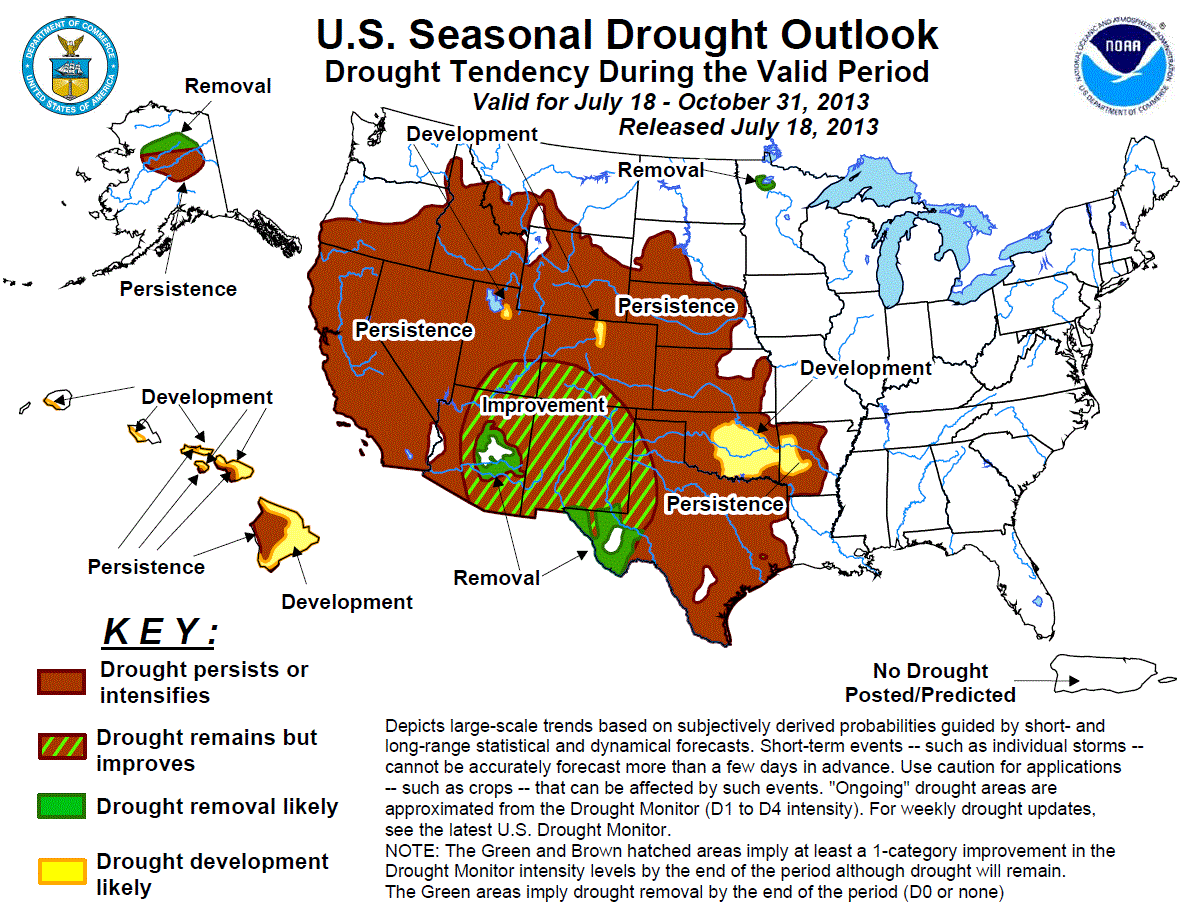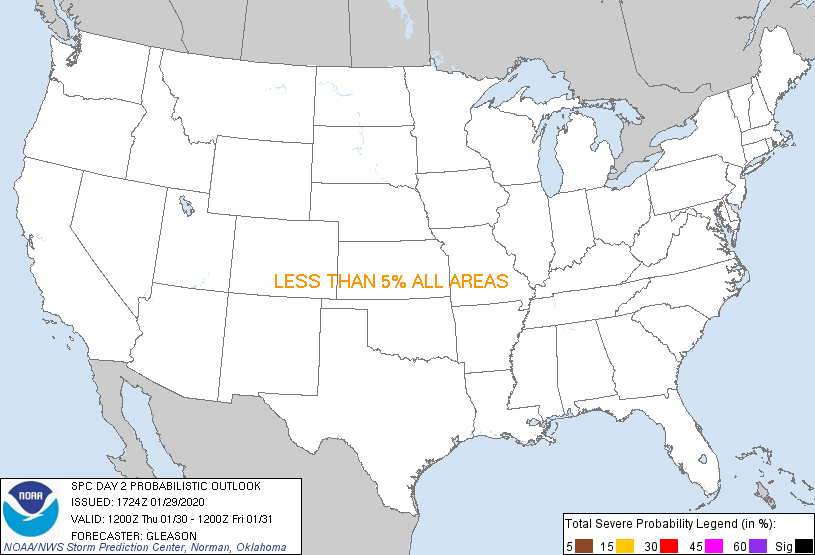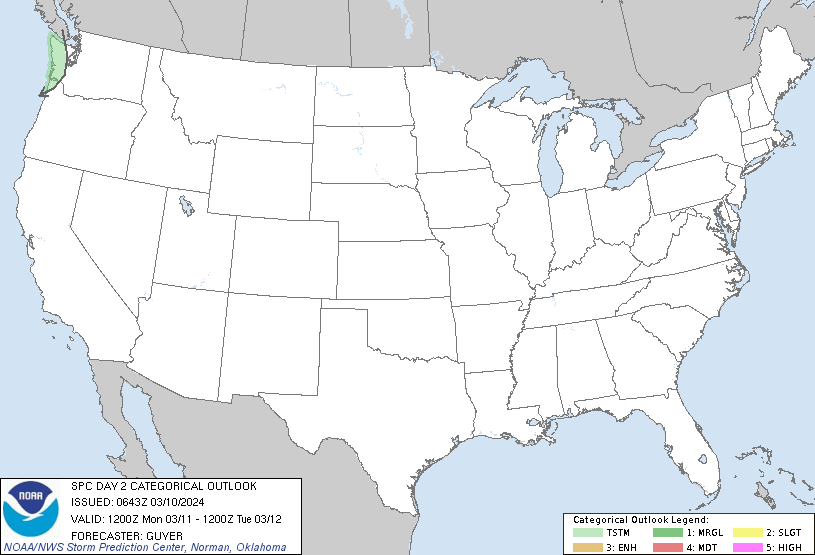Nights this week will be chilly with Dry air in place and no clouds. Solar Energy can most efficiently leave the surface during nighttime hours when clouds are not present.

You can see the Dry Air (Labeled Orange) in place below the surface front on Water Vapor Imagery.
From this point forward and into the summer, forecasting will be much harder. Convection itself is not a difficult process to forecast, but exactly where it will happen is an extreme challenge. This is mostly due to the lack of observations that Meteorologists have on hand.
The points on the image above represent locations where Weather Baloons are launched. These observations are critical for forecasting. The Upper-Air network helps forecasters get a handle on the profile of temperature and moisture at a point. For Mesoscale (Small Scale) Forecasting (Mississippi Delta) , I basically have two tools at my disposal: The Jackson, MS observation and the Little Rock, AR observation. Common Sense can tell you that two observations are not representative of an area that spans hundreds of square miles. Why don't we have more observations? It is expensive.
Many of you will probably be interested in the Graphic below. It's an outlook of the next few months for Moisture conditions. I'll discuss the reason and trends at a later time.

I also want to encourage all of you to visit http://www.cocorahs.org/ . CoCoRaHS is a volunteer network of Weather Observers. Please consider signing up. Northwest Mississippi has a painfully small number of observers, and I want to challenge all of you to at least visit the link. I think you will find that it has some use for you.
A closing thought: If you have a business in the Mississippi Delta and would like to advertise on this site at no cost, please contact me.

















